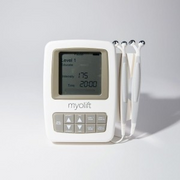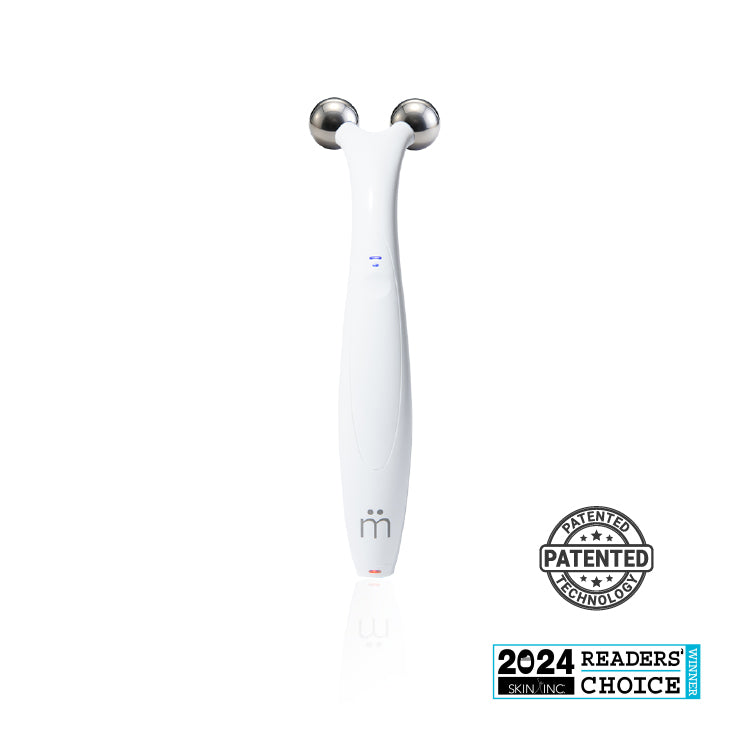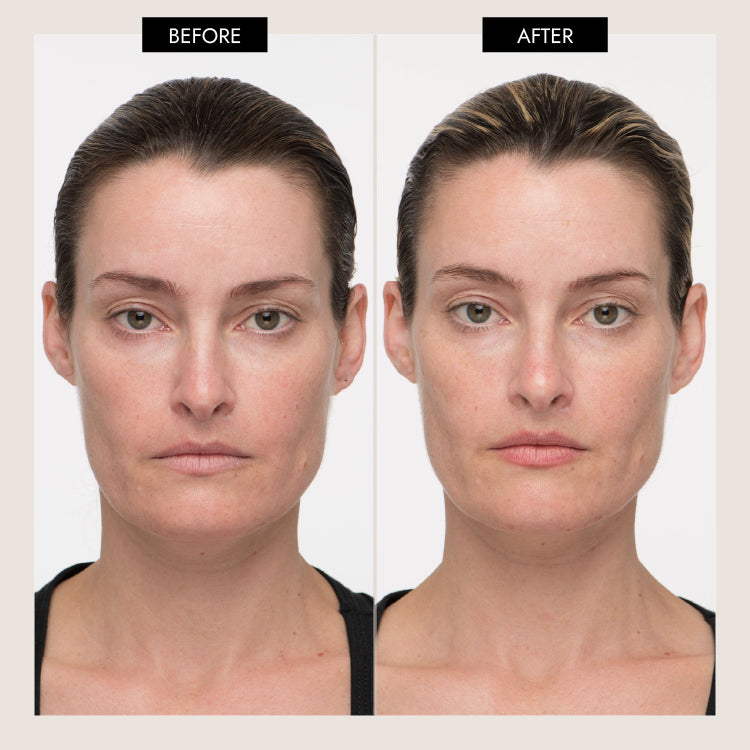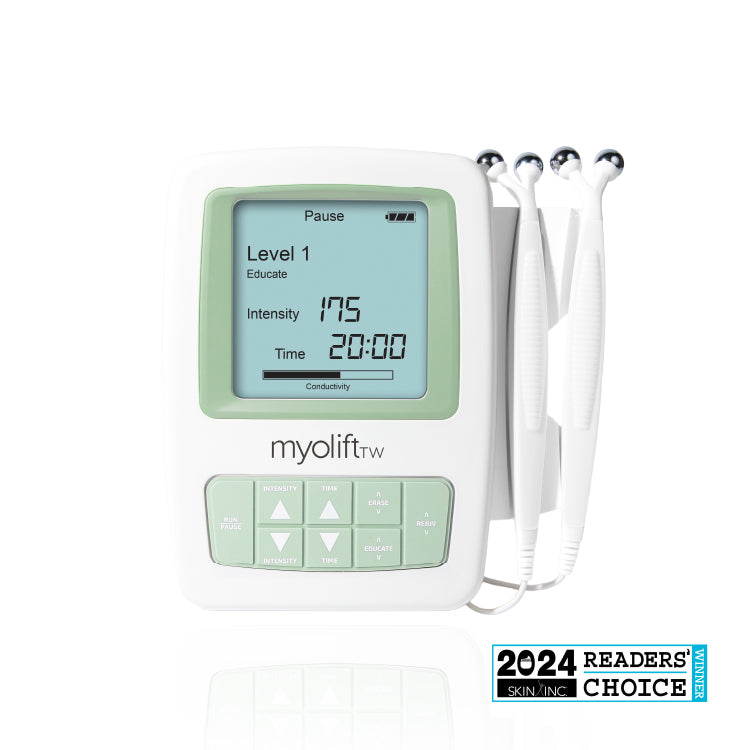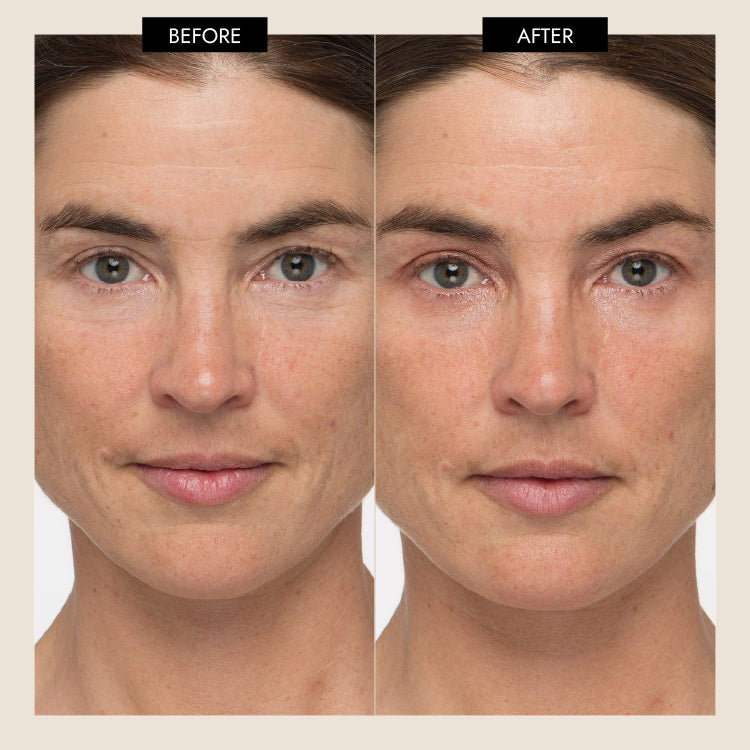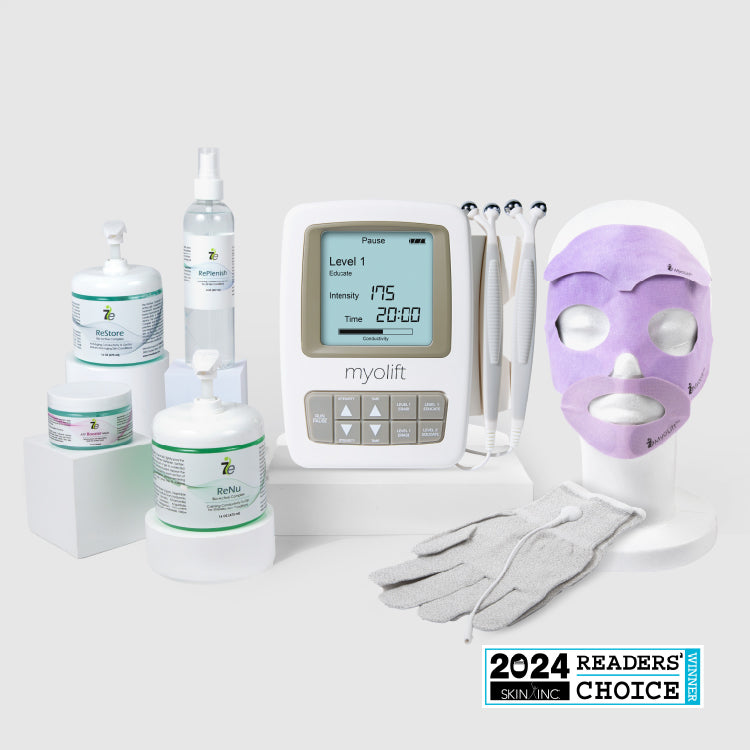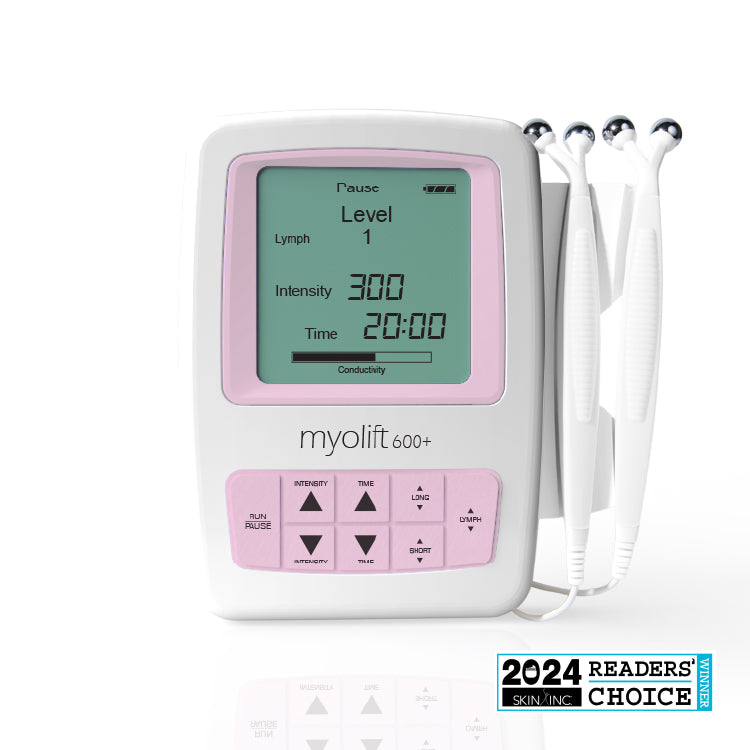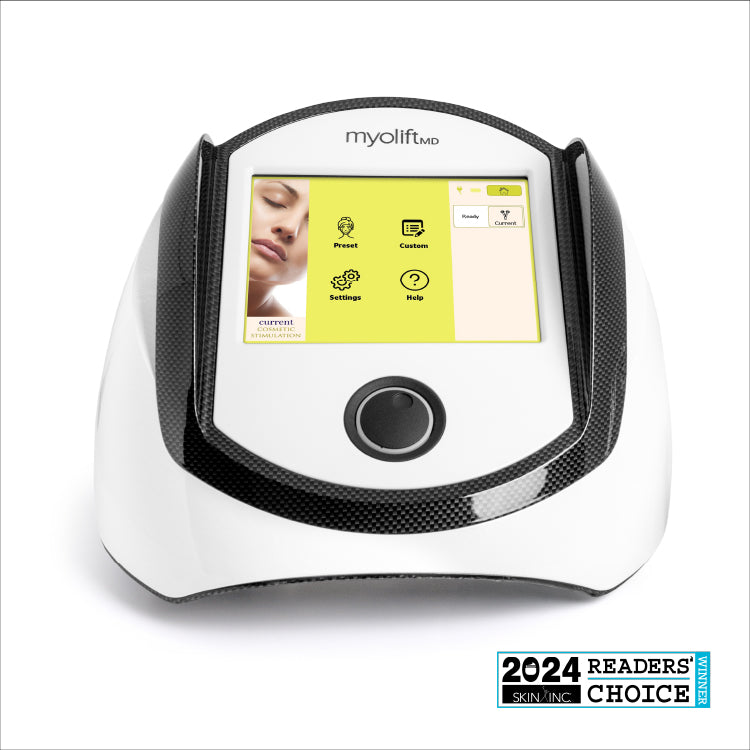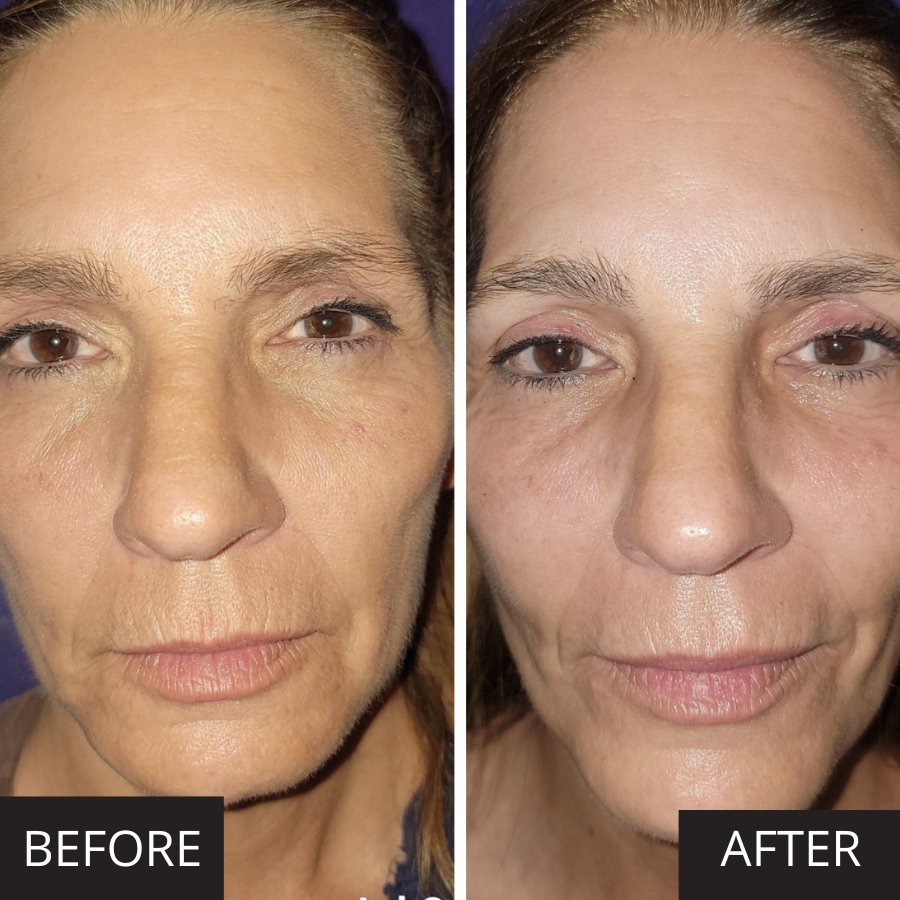Microcurrent After Botox and Fillers: Settling the Debate
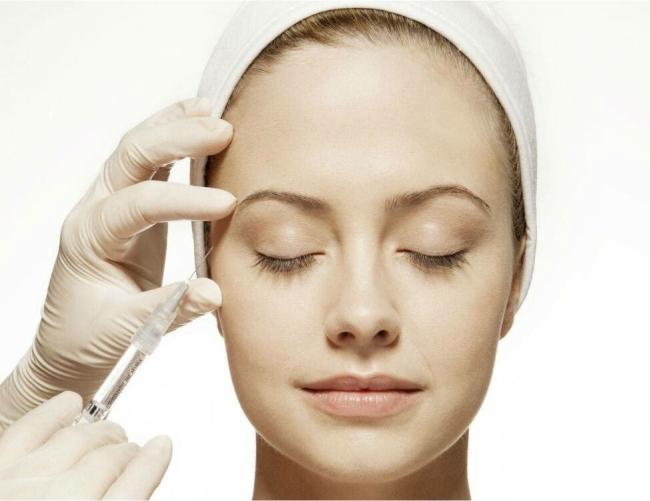
One of the biggest conversations during the recent ICES Long Beach show was that of injectable dermal fillers and their intersection with microcurrent and microneedle machines on the skin.
While there are many myths around this hot topic, we decided to consult a leading physician to determine precise answers that will help you to ensure that you are providing the most superior results for your customers.
Indeed, nearly every woman is either considering or already using popular dermal fillers as part of her beauty routine. From cheeks to frown lines to smile lines and more, fillers are in high-demand because of their instantaneous and lasting effects. Administered by licensed medical professionals, some of the most popular fillers include Restylane and Juverderm. These are powerful products that are administered underneath the skin with some providing benefit for up to two years.
Many aestheticians question what type of beauty procedures should and should not be applied to clients who skin contains such fillers. Both professionals and consumers have been cautioned about the intersection One common concern is, "does microcurrent affect botox?" This is a frequent question among skincare experts and clients alike. however, Dr. Norman Rowe, M.D., F.A.C.S. a leading aesthetic and reconstructive plastic surgeon in Manhattan does not miss a beat when questioned about the important topic.
“I absolutely love fillers,” says Dr. Rowe. “They are wonderful products, and yes, we even have patients right here in our office on whom we use microneedling and more during for our medical facials who all have fillers. The important thing is this, never, ever apply any microcurrent machine or any non-invasive facial procedures up until at least 48 hours after the filler has been applied.” All fillers are quite malleable under the skin during that time says Dr. Rowe. Thus, in order to ensure that the delicate placement is not disturbed, no additional beauty procedures should be conducted for fear of provoking any un-even effects, bruising or other adverse reactions.
“After the initial 48 hours time, it’s absolutely fine to do LED or microcurrent facials after botox (treatments that are non invasive),” says Dr. Rowe.
To be on the safer side, always ask your clients when they got their last filler or Botox, before booking any appointment for microcurrent therapy and reconfirm once they arrive. This ensures the best outcome and experience and also helps build trust for your clients to know that you are well educated and thinking about their conditions constantly. It will keep your clients coming back for more.
What Should I Do for Clients Who Do Not Want Fillers or Botox?
While most people turn to popular cosmetic treatments like fillers and Botox, some would prefer a less painful way to improve their skin. If you have a client who is not interested in surgeries or dermal fillers, you can recommend microcurrent facials.
Microcurrent facials are increasing in popularity. It is considered one of the best, most effective skin therapies available on the market. This type of facial uses microcurrent devices to improve the look and feel of the skin by naturally lifting the muscles of the face. With the aid of the latest advanced skincare technology and revolutionary facial methods, microcurrent facial help people achieve younger looking skin without the need for invasive or painful treatments.
What are the Benefits of a Microcurrent Facial?
For clients hesitant to undergo Botox or dermal filler treatments, microcurrent and Botox alternatives offer another way to achieve youthful, radiant skin—painlessly! The benefits of microcurrent facials are endless. Here are some of the most notable:
- Non-Invasive skin care therapy
- Painless
- Lifts and tones facial muscles and skin
- Reduces wrinkles
- Provides younger, more supple skin
- Excellent for anti-wrinkle preventative care
Microcurrent Facial Before and After
The before and after images of real microcurrent patients show what is possible with this facial. Suppose your clients are on the fence about a cosmetic treatment or do not want to endure painful surgery. In that case, you can show them microcurrent facial before and after images (you can find plenty of examples on our social media) to illustrate how this noninvasive treatment can help them achieve firm, supple skin.

